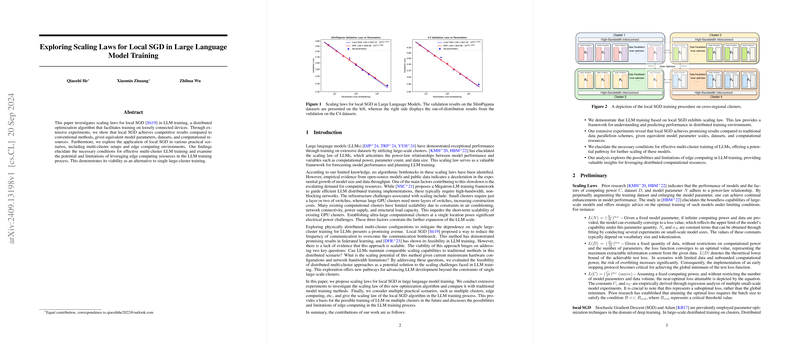Summary of the Paper
The provided content is limited to the structure and formatting commands of a LaTeX document intended for a bibliography section. However, an insightful essay on it can be built around the broader context of scholarly article writing in the field of computer science.
Overview of LaTeX in Academic Writing
LaTeX is widely recognized as a highly effective typesetting system in the field of academic publishing, particularly in fields like computer science, mathematics, and engineering. The obtained document showcases a minimalistic LaTeX structure designed to import and style bibliographic references—an integral component in academic writing.
Understanding the Elements
The document begins by defining the article class with \documentclass{article}, which sets the format for an academic article. This is followed by essential LaTeX commands such as \begin{document} and \end{document}, encapsulating the main content of the paper.
The key focus of this document is on bibliographic management:
\nocite{*}indicates that all entries in the bibliography file (main.bib) will be included in the reference list, regardless of whether they are cited in the document.\bibliography{main}specifies the name of the.bibfile that contains the bibliographic information.\bibliographystyle{halpha}sets the citation style to 'halpha', a variant of the Harvard referencing style that is often used in technical and scientific documents for its clarity and comprehensiveness.
Practical Implications
The correct implementation of bibliographies is crucial for several reasons:
- Credibility and Verification: Accurate referencing allows peers to verify sources, thereby maintaining the integrity of academic discourse.
- Intellectual Property: Proper citations give credit to original authors, acknowledging their contributions and safeguarding against plagiarism.
- Traceability of Ideas: Bibliographies enable the tracing of ideas through previous works, which is essential for understanding the development and current state of research in a particular domain.
Theoretical Implications
From a theoretical standpoint, the use of LaTeX and well-structured bibliographic entries can affect the dissemination and reception of research:
- Impact on Scholarly Communication: The rigorous standards imposed by LaTeX document structures encourage meticulous preparation of manuscripts, potentially influencing the quality of published research.
- Interdisciplinary Reach: With LaTeX, researchers can easily share and collaborate on documents across different fields, ensuring uniformity in presentation and fostering interdisciplinary studies.
Future Developments in AI-Driven Document Preparation
Advancements in AI and machine learning could significantly impact how LaTeX and similar tools evolve:
- Automated Bibliography Management: AI models could be developed to automatically generate and update bibliographic entries as researchers write, reducing the time and effort required in managing references.
- Improved Citation Accuracy: NLP could be employed to analyze the text and suggest the most relevant citations, enhancing the depth and usefulness of literature reviews.
- Integration with Research Databases: AI could facilitate seamless integration with vast databases and journals, recommending references and related works in real-time as the manuscript is being drafted.
In conclusion, while the provided document only reveals a snippet of the overall paper's content, it underscores the essential role of LaTeX in academic writing. By focusing on bibliographic management, it lays the groundwork for an area that has substantial implications for both practical manuscript preparation and the broader theoretical landscape of scholarly communication. Future AI-driven enhancements promise to further streamline and enrich this crucial aspect of research documentation.
